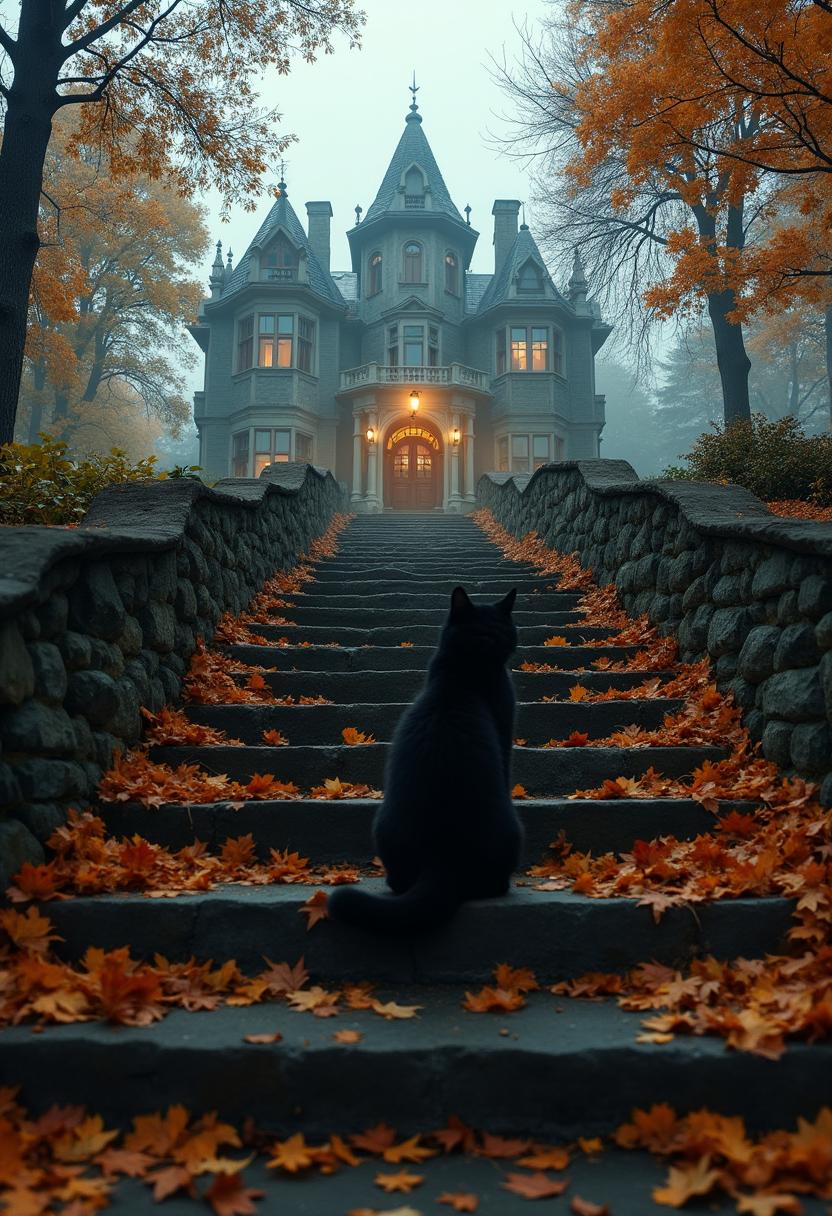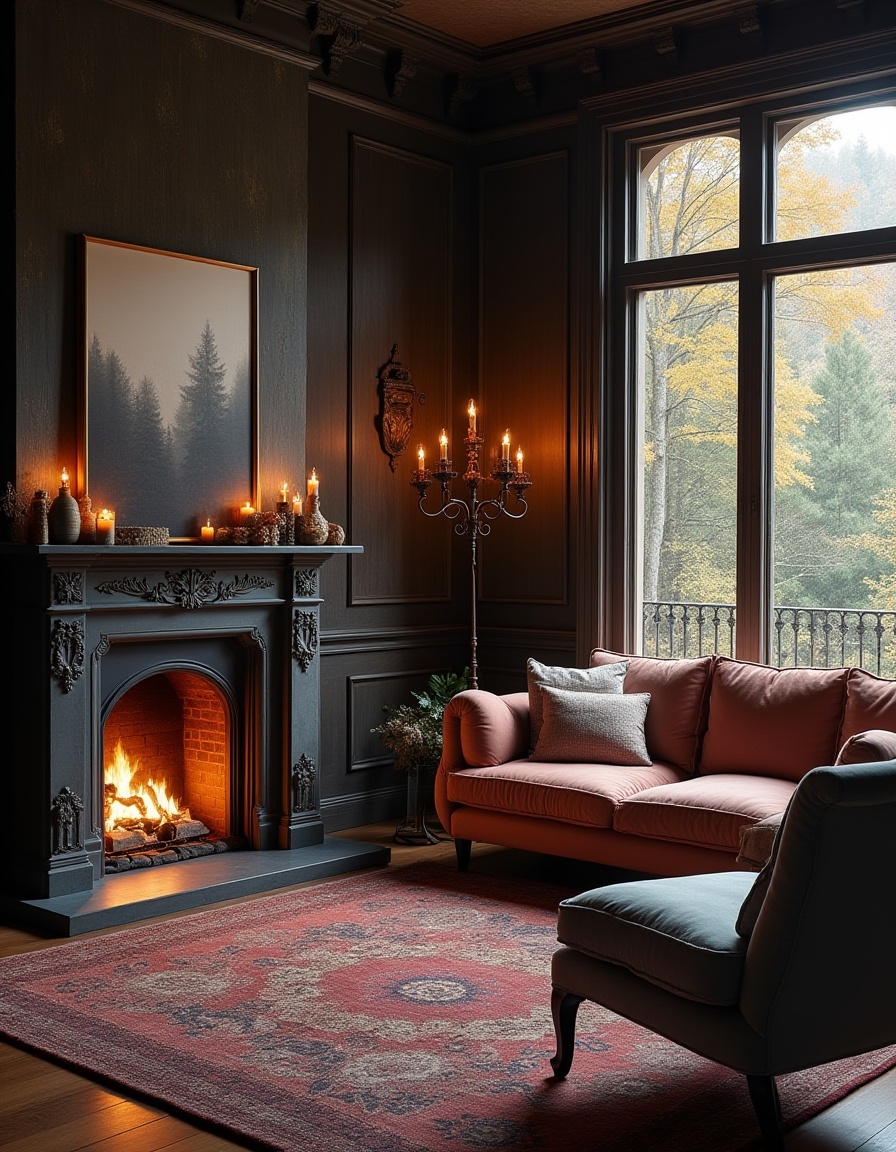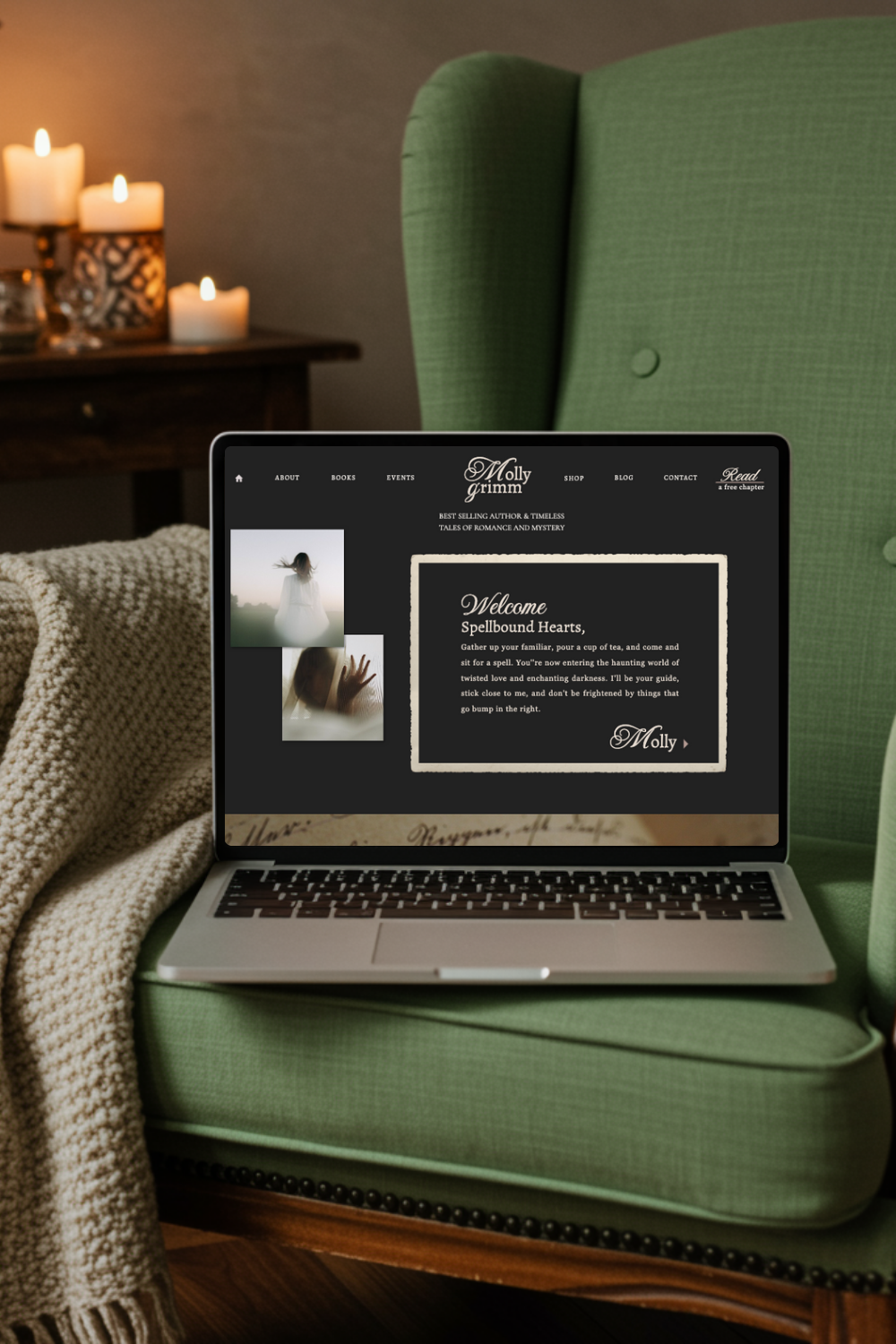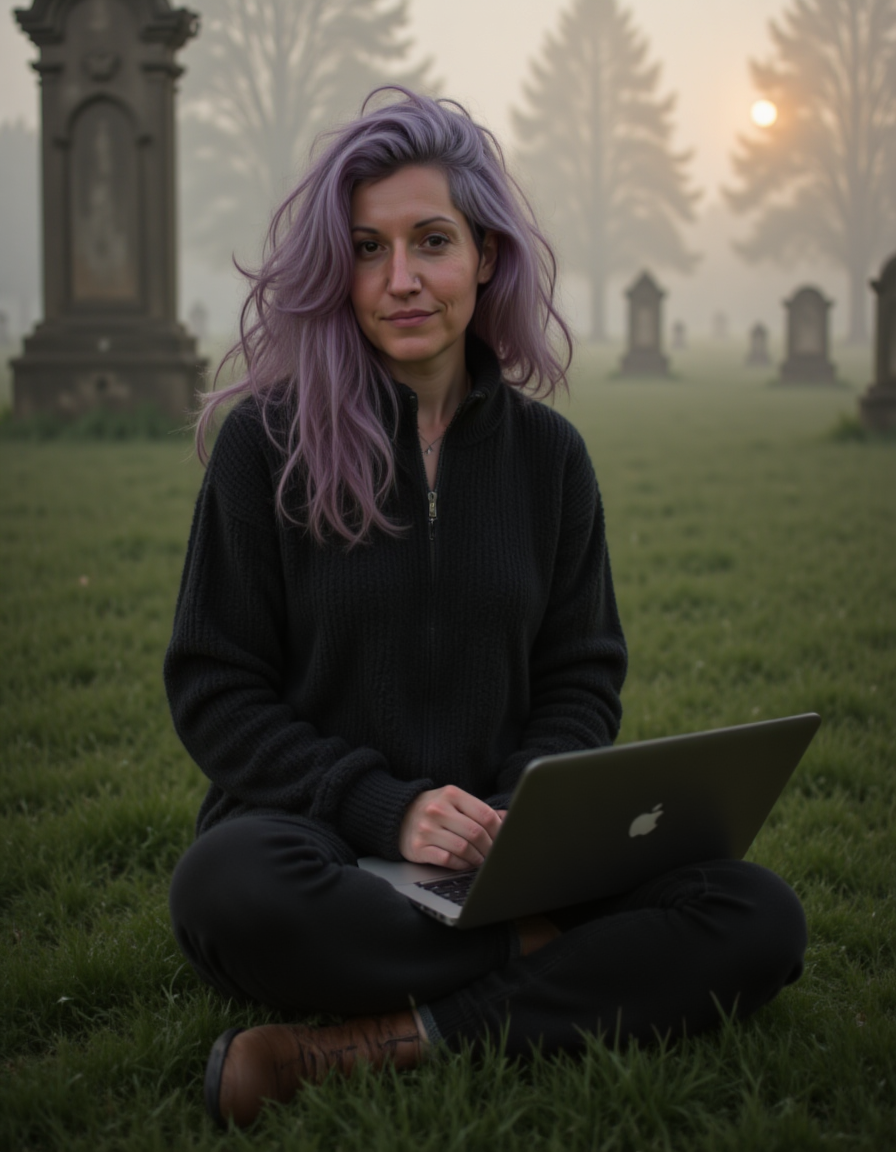Not long ago, the gothic belonged to the margins. It was associated with black-clad teenagers in the 1980s, smoky nightclubs, and the music of The Cure or Bauhaus. To embrace the Gothic was to declare oneself different, resistant, and apart from the pastel world of mainstream culture. It was bold and subcultural, a style that spoke in whispers of castles and candlelight, sorrow and beauty, while the rest of the world looked away.

But in the era of digital aesthetics, what was once fringe has drifted gracefully into the center. Today, you no longer need to be a member of a dedicated goth subculture to love gothic design. A velvet armchair, a flickering lantern, a moody autumn photo set against ivy-covered stone—these images are shared by millions, whether they consider themselves “goth” or not. The aesthetic has slipped its subcultural boundaries and become a common visual language, as familiar in mainstream Instagram feeds as it once was in underground zines.
From Subculture to Aesthetic
The internet blurred the line between lifestyle and aesthetic. A person doesn’t need to dye their hair black, wear lace gloves every day, or listen to gothic rock to participate in a gothic-inspired mood board. They can post an image of an old library bathed in amber light or a cup of tea beside a candlelit journal. In doing so, they connect themselves to a centuries-old tradition of beauty-in-shadow, without needing to inhabit the subculture fully.

This ease of entry has expanded gothic aesthetics from subcultural identity into an aesthetic norm. “Dark academia,” “cottage gothic,” “witchy autumn,” “whimsigoth”—these aren’t radical departures, but gentle variations, accessible to anyone with a phone and an appreciation for mood. What once required belonging to a small community now belongs to everyone who feels a pull toward elegance and shadow.
The Mainstream Appeal of Cozy Gothic
Why has gothic moved from niche to norm? In part, because it speaks to universal desires. People want coziness, but not blandness. They want beauty, but not sterility. The gothic aesthetic provides both: comfort layered with depth, warmth tinged with mystery. A pumpkin glowing on a porch, a cup of cider in a library, a scarf tossed over a carved wooden chair—these images are instantly relatable, yet still carry the charm of the uncanny.

The mainstream has also embraced gothic aesthetics through design and commerce. Interior designers champion “moody palettes.” Fashion houses weave lace, velvet, and Victorian flourishes into seasonal collections. Bookstores set up autumnal displays framed with wrought-iron imagery. Even lifestyle brands lean on gothic cues to sell elegance: candle companies, stationery shops, and tea blends often drape themselves in this visual language because they know how deeply it resonates.
An Aesthetic That Endures
Unlike many online trends that flare and fade, the gothic endures because it is not a novelty—it is a tradition. People have been drawn to shadowed elegance for centuries. The internet didn’t invent the aesthetic; it simply democratized it, allowing millions to access, remix, and display it. Every aesthetic post is part of that ongoing history, woven into the fabric of digital culture.

The result is striking: what was once “alternative” now feels natural. The gothic no longer belongs only to subcultures—it belongs to everyone who finds joy in candlelight, beauty in ivy-covered ruins, or comfort in a gray October sky. It is no longer strange to love the haunted; it is simply another way of being at home in the world.
If you’d like to see how this love of gothic aesthetic shapes the way I design, step inside my story here →